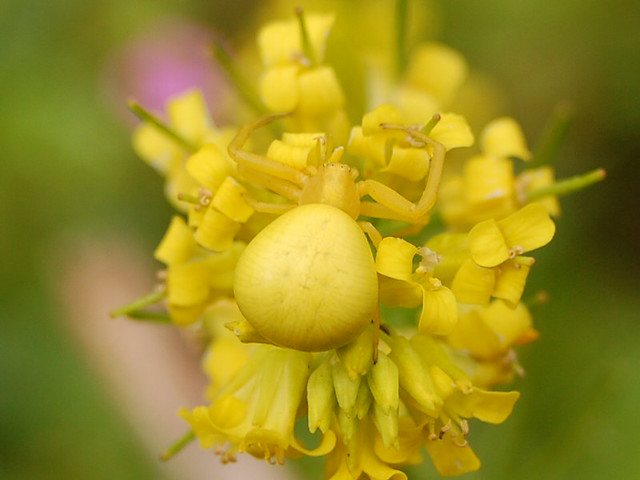In March 2011 my wife and I began a 3 month house-sit in rural Bulgaria. We were located in a village called Hotnitsa near the beautiful town of Veliko Tarnovo. The idea was to do some long walks in the countryside when the Spring arrived and take the opportunity to seek out some Bulgarian wildlife. In particular, it was the reptiles and amphibians of the area we were most interested in seeing.
As the weather improved an unforeseen series of events found me sitting in a near derelict doctors surgery trying to explain the crippling pain I was experiencing in my right foot. “Podagra” was diagnosed. I then spent the next month hobbling around wearing one walking boot and one slipper and leaning heavily on a stick. Long treks through the hills were out of the question and most days I took my camera and slowly edged down to the village green to sit on the benches and watch the locals bringing their sheep, goats and cows down to feed on the common land.


It was during this time I began to notice the butterflies. Having lost the ability to creep up on snakes and lizards my attention focused on the new species that were appearing every couple of days. My knowledge of butterflies and moths is not extensive. I have always enjoyed seeing them about but slowly interest in their comings and goings began to take over.
The following identifications are made with the assistance of my newly purchased field guide, I-spot and a long suffering friend who has helped out. Any corrections will be gratefully received.
I have tried to keep the sightings in a rough chronological order.
First butterflies to show after the snowy part of our stay (mid March).
Fairly common around the village and garden, Large Tortoiseshell - (Nymphalis polychloros).
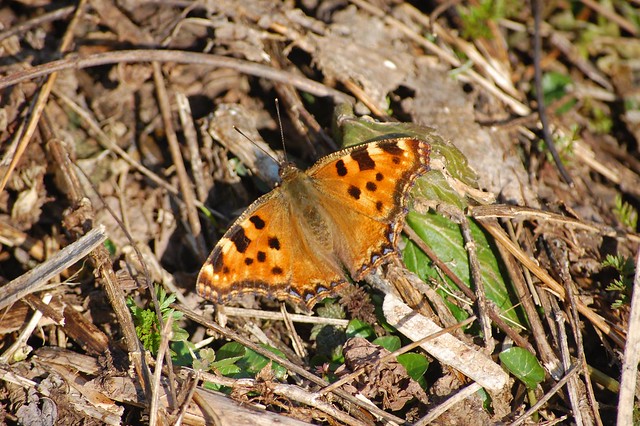
Commas – (Polygonia c-album) and Peacocks – (Inachis io) were also early to show.

When the sun began to shine Hummingbird Hawkmoths – (Macroglossum stellatarum) started to visit the garden.
A lone Fritillary was spotted on 25th March. Queen of Spain Fritillary – (Issoria lathonia).



Also in late March Green-veined Whites – (Pieris napi) were showing.
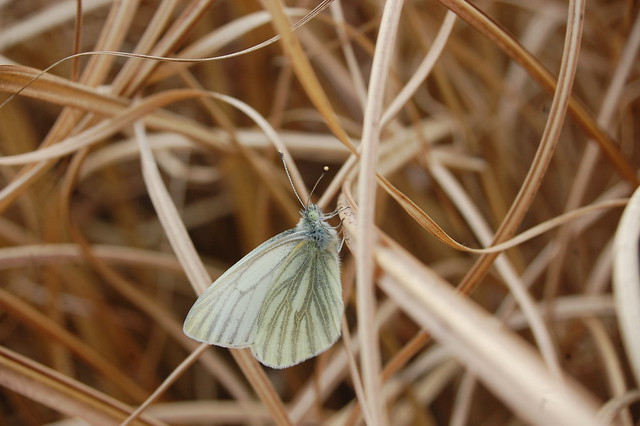
By the start of April the first Map Butterfly – (Araschnia levana), turned up along the banks of a stream in the village. Within a couple of weeks they had probably become the commonest butterflies found in the area.
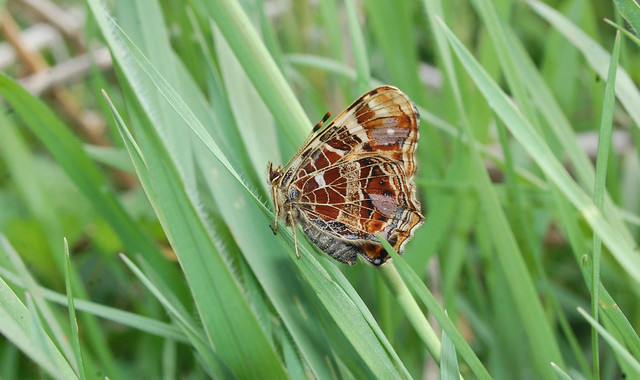

The butterfly numbers seemed to increase day on day, blues, swallowtails and a confusion of fritillaries.
13th April Holly Blues – (Celastrina argiolus) mating in the garden.


Speckled Wood – (Pararge aegeria).

Skippers began to appear.
Mainly the Grizzled Skipper – (Pyrgus malvae).

Dingy Skipper (Erynnis tages).

Unexpected snow arrived on 13th and 14th April and hung about for a couple of days in the sheltered village lanes. It eventually melted away and finally Spring was well underway.
Speckled Yellow Moth - (Pseudopanthera macularia).

Ruby Tiger Moth - (Phragmatobia fuliginosa fuliginosa).

Mother Shipton (Callistege mi).

Wall Brown (Lasiommata megera).

Late April and early May soon became the best time for butterflies and moths. Some days the grassy common and stream edges seemed to be covered in them.

Spring flowers.

One of the butterfly highlights was the arrival of a stunning Southern Festoon (Zerynthia polyxena) on 25th April.

The wealth of Fritillaries and Blues have provided some challenging I.D.’s;

Marsh Fritillary (Euphydryas aurinia).


Weaver's Fritillary (Boloria dia).


Glanville Fritillary (Melitaea cinxia).

Chequered Blue - (Scolitantides orion).

Common Blue - (Polyommatus icarus).

Green-underside Blue (Glaucopsyche alexis).
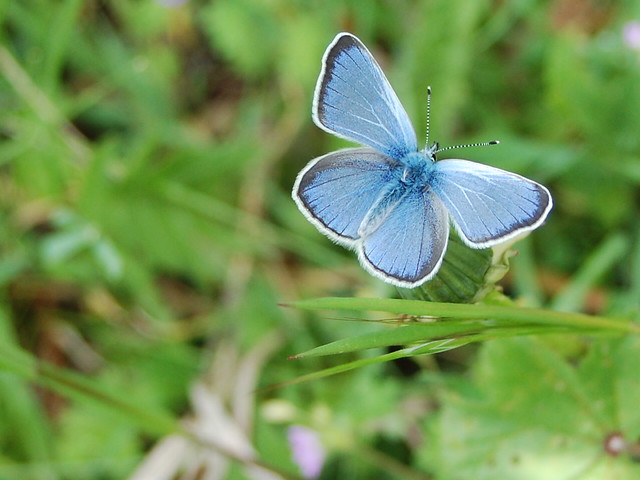
Long-tailed Blue (Lampides boeticus).
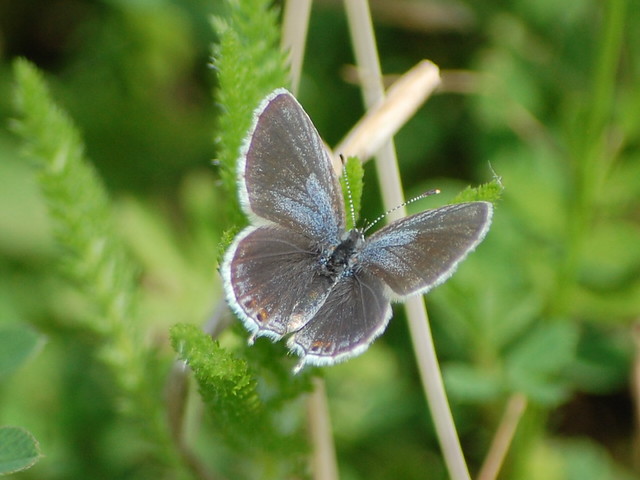
Adonis Blue (Polyommatus bellargus).

Brown Argus (Aricia agestis).


Sooty Copper - (Lycaena tityrus).


Small Skipper (Thymelicus sylvestris).

Oriental Marbled Skipper (Carcharodus orientalis).

Duke of Burgundy Fritillary - (Hamearis lucina).
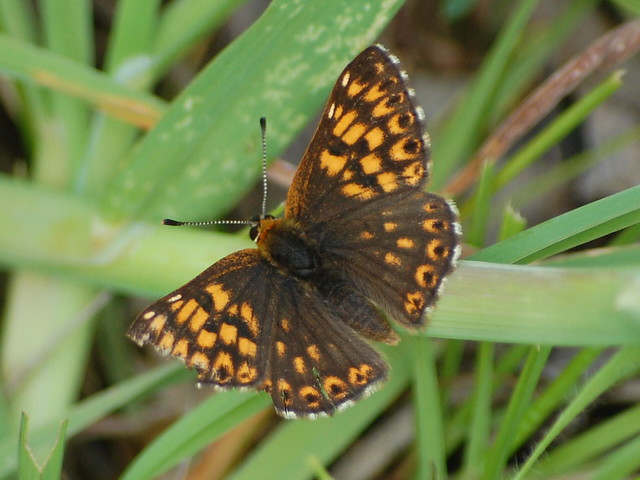
Scarce swallowtail - (Iphiclides podalirius).

Green Hairstreak (Callophrys rubi).

Grecian Copper (Lycaena ottomana).
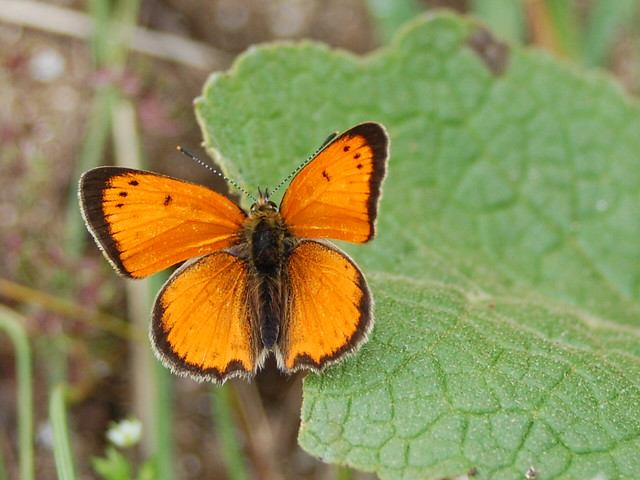
Orange tip (Anthocharis cardamines).

An Elephant Hawkmoth (Deilephila elpenor) was found low down in the grass next to a stream on May 14th.

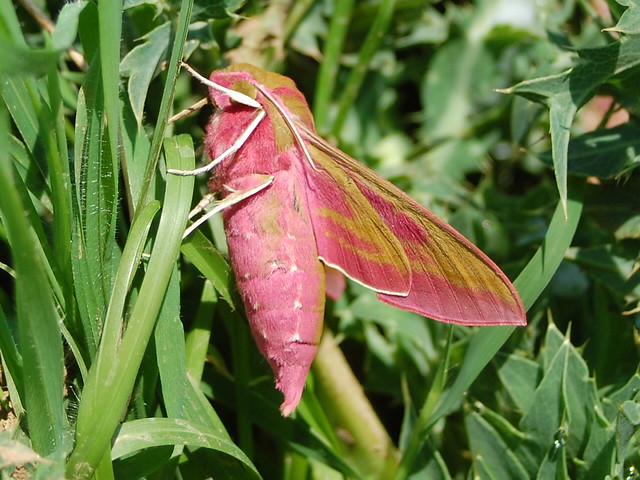
Other wildlife highlights of our Bulgarian Spring included the arrival of the White Storks, a traditional harbinger of better weather.


The slightly surreal discovery that the garden attracted fireflies, which often blinked their way through our open doors and windows after dark. (How do you capture a photograph of a firefly?)

Being woken by the midnight calls of European Jackals somewhere nearby.
Having the opportunity to watch the struggles of a group of Eastern Green Lizards (Lacerta viridis) who fought, mated and died in the garden stick piles.


But most of all Bulgaria, will be remembered as the place that fostered in me a renewed interest in Butterflies and Moths.
Thanks for viewing.




















